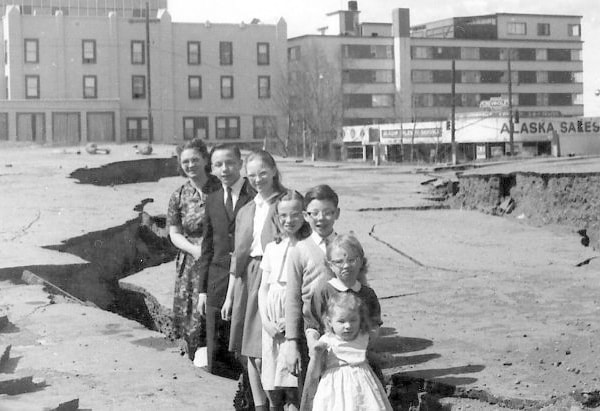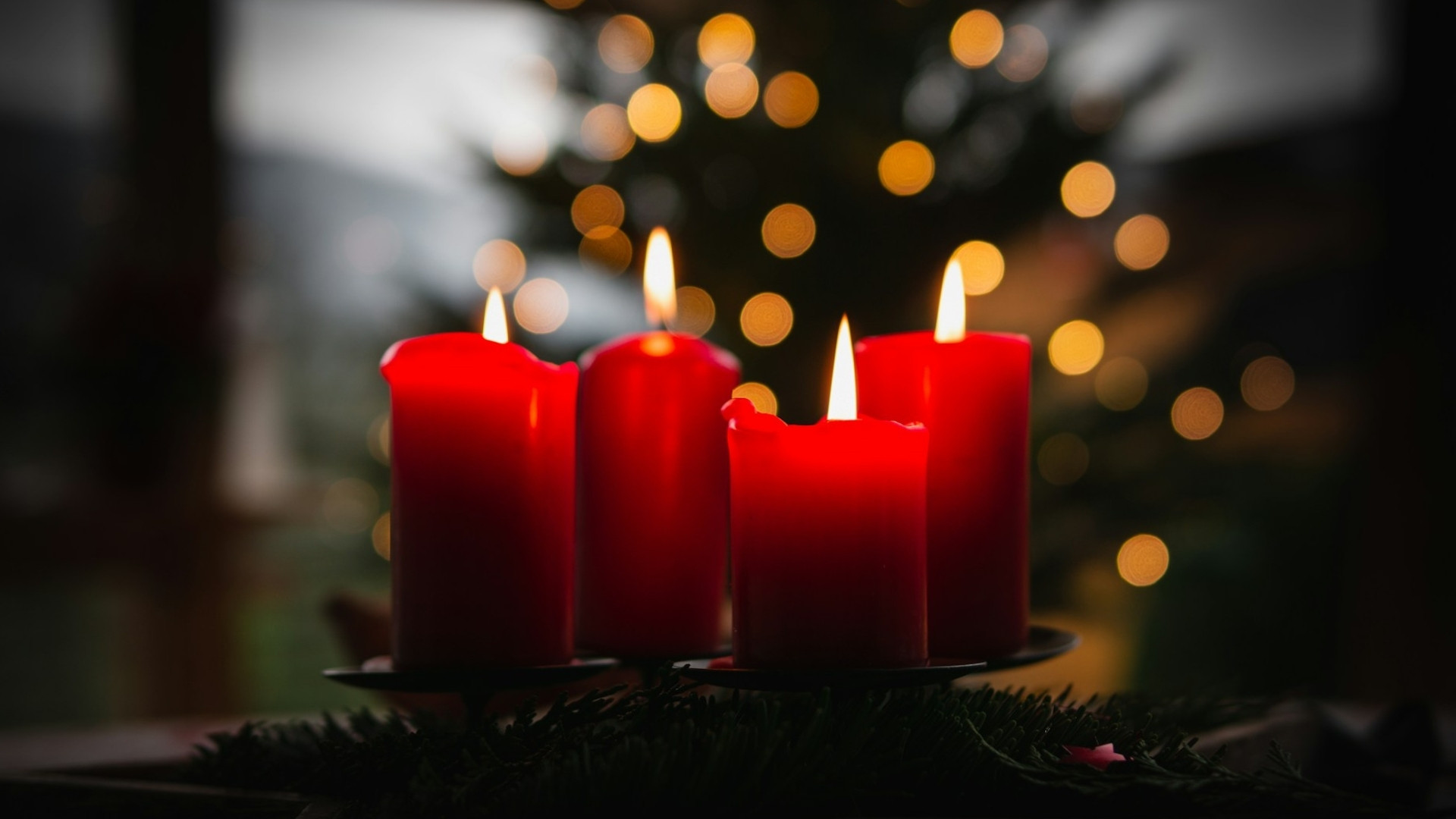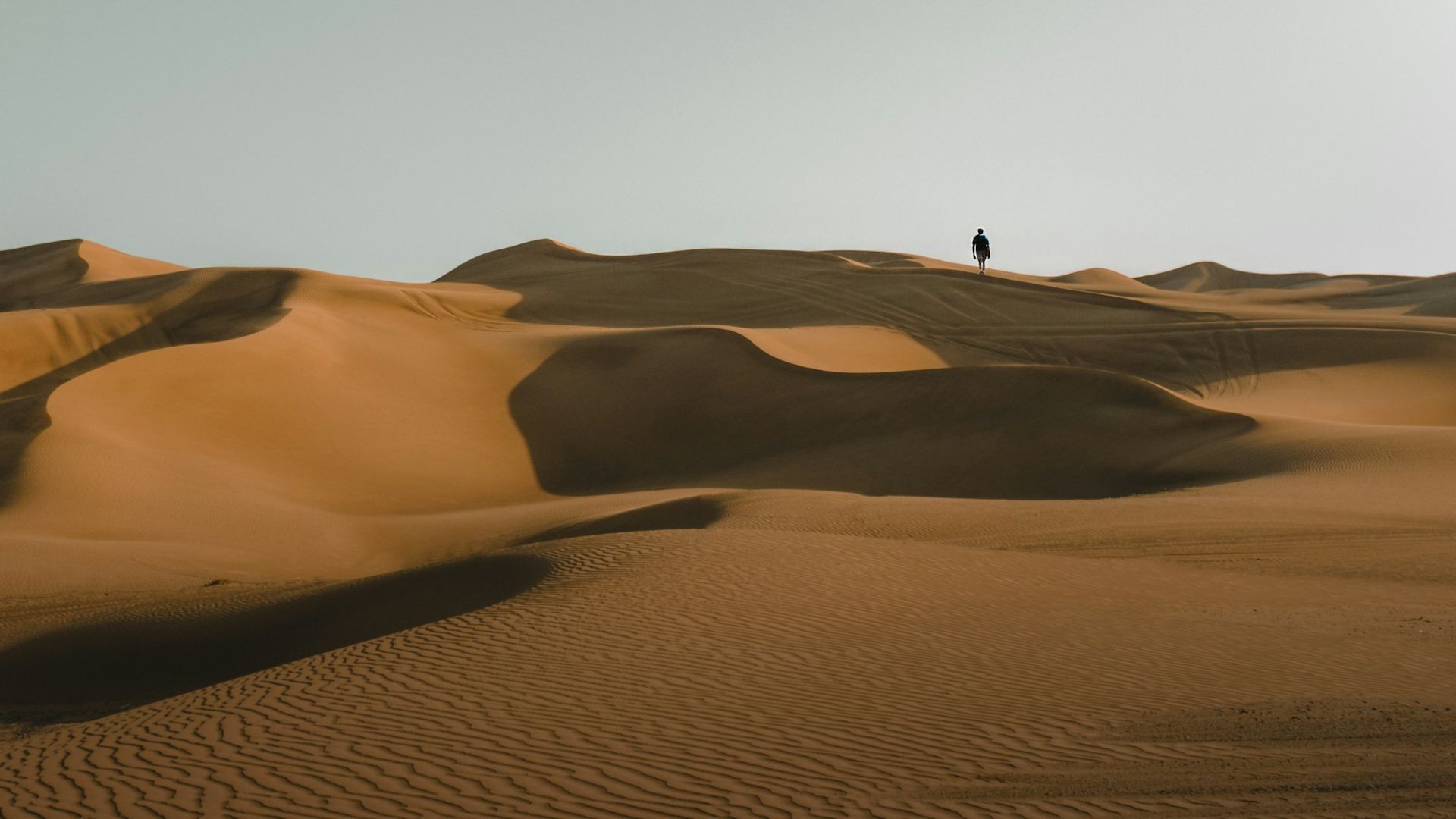[vc_row][vc_column][vc_column_text]
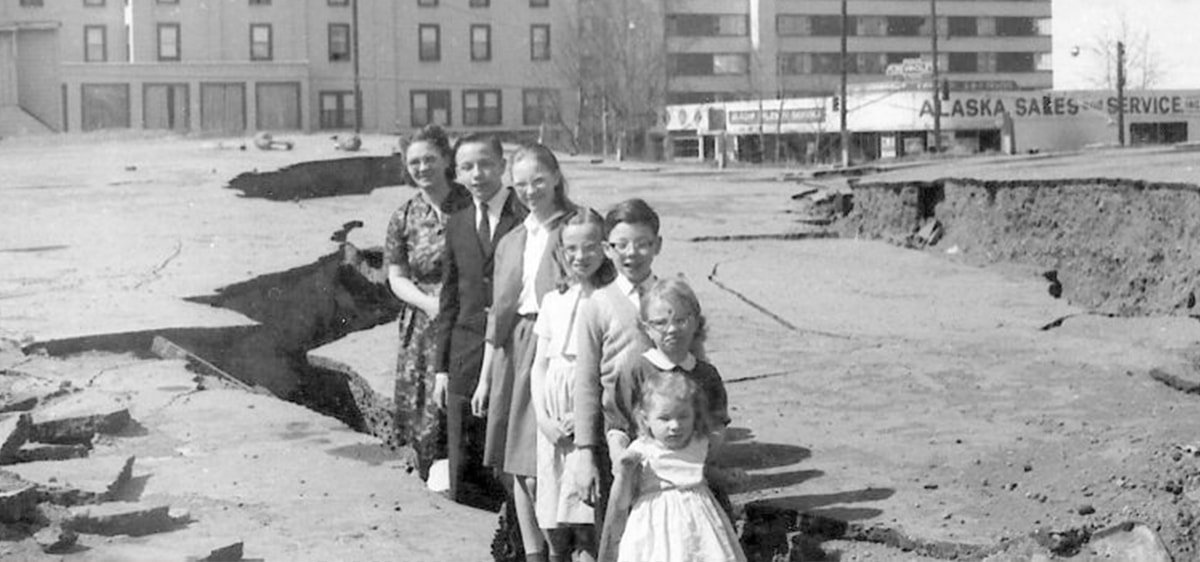
[/vc_column_text][/vc_column][/vc_row][vc_row el_class=”hero-header-text”][vc_column][vc_column_text]
In the Aftermath
Mat-Su Covenant Church prepares to create community in the event of disaster.
Stan Friedman | March 19, 2018
[/vc_column_text][/vc_column][/vc_row][vc_row][vc_column][vc_column_text]
Pictured above: A family stands in a crevasse in Anchorage caused by the 1964 earthquake that devastated the city and spawned a tsunami that killed a combined 125 people.
[/vc_column_text][vc_column_text]This story is Part four of the Disaster Relief series. Click here to view additional stories.[/vc_column_text][/vc_column][/vc_row][vc_row][vc_column][vc_column_text]Rick Millikin, pastor of Mat-Su Covenant Church in Wasilla, Alaska, was on the phone talking about his congregation’s new disaster preparedness ministry while sixty-mile-per-hour winds were ripping a quarter of the tiles from his office roof.
“We have had gusts up to ninety miles per hour for three days in a row,” he said, adding, “Those are hurricane force winds!”
That kind of weather strikes the south-central Alaska community several days a year. Winds have lifted tractor trailers and dropped them on ten-foot-high snow drifts, moved buildings, and created wind chills that measure below minus fifty degrees. It’s not uncommon for the area to lose electric power for a day or two.
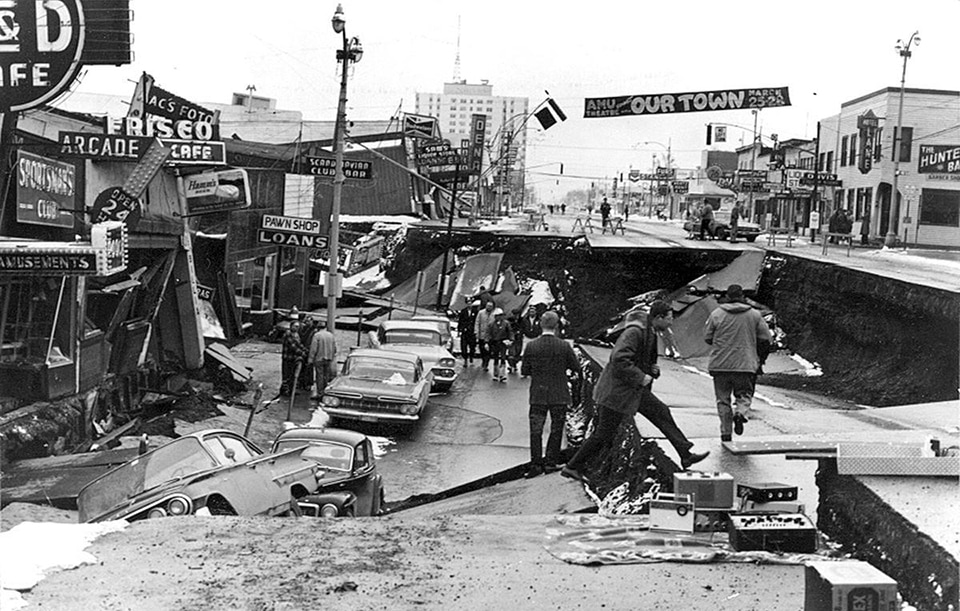
The biggest natural threats, however, are earthquakes. In January, Wasilla was shaken by a 7.9 earthquake that had its epicenter more than 300 miles away, southeast of Kodiak Island. Since 1899, the area has experienced more than eighty earthquakes of 6.0 or greater. In 1964 a 9.2 magnitude quake struck nearby Anchorage and caused a tsunami, together killing 125 people. Years later one resident recalled, “We had a concrete floor in our milking barn, and a crack had formed right under the bulk tank that held the dairy’s milk each day. We dropped a stone and never heard it hit anything.”
Last year, the congregation’s Wednesday night Bible study group was considering how to serve the community. They decided to focus on disaster preparedness. This is a particularly important issue for the area, because disasters can quickly leave residents without food. All of the community’s food is either flown or barged in.
“A lot of people will subsistence fish, but if they lose power, they’ll lose all their fish,” Millikin said. “There’s very little growing here, especially during the winter months. We get all our vegetables from the south.”
The church has since formed survey, prayer, work, and hospitality teams. The survey team has walked around the nearby community to meet people, invite them to planning meetings, and determine what needs there would be in the aftermath of a disaster. The resource team has been searching out organizations and agencies such as the Red Cross and Federal Emergency Management Agency to provide training to residents on topics that range from quickly accessing water to store for days to how to use a defibrillator.
The University of Alaska Fairbanks, which offers a master’s degree in security and disaster management, is another resource. “They’ll bring a simulator out that you can get into and it will show you what will happen to your house in a particular size earthquake,” Millikin said. “I had no idea there was something like that.”
The most immediate project is to distribute disaster preparedness lists that let people know what they need to have on hand as well as placards that can be placed in windows to let responders know at a glance whether the residents are fine or need help.

The church has begun to collect cots and other items that would enable them to give temporary shelter. “We have a huge water bladder system that holds about 5,000 gallons because we are all on wells and have no fire suppression system like hydrants,” Millikin said. “There are ways that we can filter that to provide drinking water.”
Because the church could become a gathering place during a disaster, the committee has raised idea of partnering with someone to obtain a generator that would operate at the church. “We’ll have to see,” Millikin said. “We’re just in the very beginning stages but we think we’ll be able to make a difference.”
The more the committee has learned about disaster response, the more they have become convinced that every church should develop a preparedness plan. “Everyone thinks that disasters will hit somewhere else,” Millikin says. “No matter where you live, we’re all vulnerable to something, whether its hurricanes or fire or floods or earthquakes. Being prepared for disasters is a great way to minister to the community because people will turn to the church.”[/vc_column_text][/vc_column][/vc_row]


